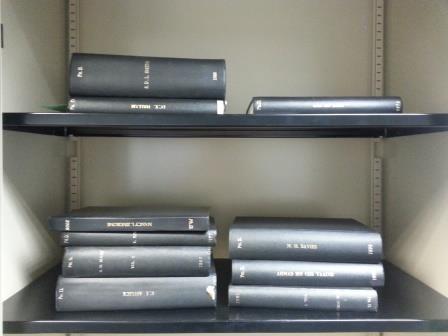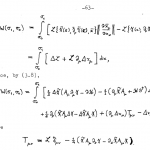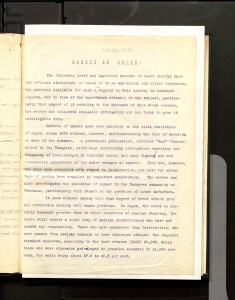Halfway through the internship, so here comes another update from the Annexe.
These few weeks have been a lot more eventful than I would have expected.
Let me try and get things in chronological order. In week two I made a list of (hopefully) everything in our House of Lords collection (or everything in our collection that is to do with the House of Lords to be more precise) for the National Library of Scotland, who are aiming to digitise their collection and wanted to know what we can offer as back-up.
Important lessons were learned from this trailblazing work, for example:
- Wear a dust mask when you are spending hours surrounded by 160 shelves of really old books.
- Take regular breaks for fresh air.
- Do not cough your lungs out due to not following the aforementioned guidelines.
Since then I have mostly been working on the New Zealand periodicals collection, which seems to be going at quite a good pace (I am almost certain I will be able to finish the pre-cataloguing work while I am here, with luck maybe get to cataloguing as well). There were occasional patches of very interesting things, chief among them The Journal of the Polynesian society. While it is unlikely to get a spot in the Main Library, it is available as an on-line resource, and I thoroughly recommend leafing through it to anyone interested in linguistics, anthropology, geography or history. The covers of National Educations with their pictures of Maori (and Pakeha) kids from the 80’s strongly intensified my sentimental state of mind around Wednesday, week 3. Bad puns in old advertisements made me groan (XYZ Pens and Markers – Always write for you!). Oh, and I found pages from a pamphlet or book from the 1906-07 international fair in New Zealand featuring pictures of towns and landscapes, advertisements (Hotel Central with its new Pneumatic Elevator!), and similar. Another thing I ran into was “A Souvenir of the Empire Coronation Contingents at the Coronation of King George VI and Queen Elizabeth”.
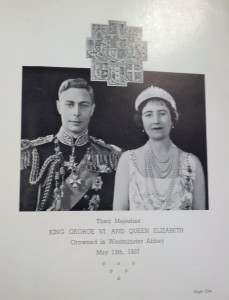
Their majesties King George VI and Queen Elizabeth Crowned in Westminster Abbey May 12th 1937

A Souvenir of the Empire Coronation Contingents at the Coronation of King George VI and Queen Elizabeth
Of course, there are also patches of extremely chaotic and messy stuff. And then there are the 27 shelves of Appendices to the Journals of the House of Representatives of New Zealand – a truly electrifying read. No pictures here. You’ll have to come and see that I am not overstating for yourself.

How to do baking (Cherry Fairy Cakes)
Our Thomas Nelson collection however is probably soon to become available, and that contains a number of lovely and interesting books, from the pretty Nelsons Classics books to French textbooks for Swedish students. Also, a lot of bibles. Also, “How to do baking.”
And here’s what I am most looking forward to – I have been asked to take a look at some of our special collections. Yay, old books! Papyrus bindings! Weird drawings! A History of Serpents and other liuing creatures! Let us see if will manage to get my hands of some incunabula. More on that story as it unfolds.
The colleagues, as we’ve now established through thought experiments with Scott and Iraklis, are almost certainly all real. This is a good thing to keep in mind, because hearing someone starting to speak on the radio when you’ve forgotten you have one and you know you are working alone in the store can be a terrifying experience.
In addition, Iraklis said that they won’t let me go when my contract expires (possibly under the influence of fudge and baked goods). Let’s see how that works out. In all fairness – I’d be quite happy to stay.
Nik Slavov, Hidden Collections intern.
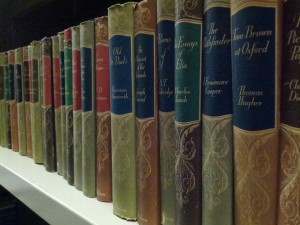
The Thomas Nelson Archive contains, “a number of lovely and interesting books.”
The National Library of Scotland
Edinburgh University Health and Safety Department
The New Zealand Collection
The Thomas Nelson Archive (from the Annexe blog)
The Journal of the Polynesian Society




